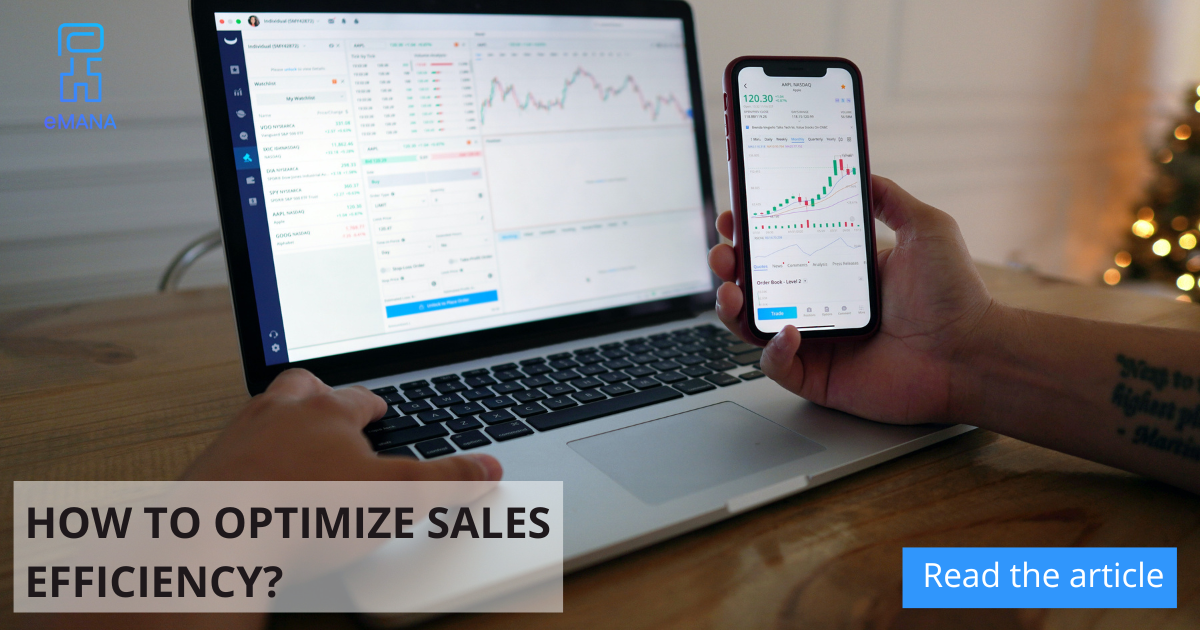Most salespeople have tools to help them make the most of their time in order to create business. Among these tools, is the CRM. More or less powerful. More or less used. During working hours, we regularly hear « I didn’t have time to fill in the CRM » or « Why is the CRM not up to date? ».
Even if the usefulness of the tool is recognized, including for many employees downstream of the sales process, the difficulty lies in the allocation of this « administrative time » to devote to it without penalizing any opportunity to transform prospects into customers.
The ideal would be for the “filling” part to be done on its own…
Tool-related constraints
The content of a CRM represents business opportunities and therefore the tasks that everyone has to do to transform these opportunities. Contacts can arrive from different channels: face-to-face meetings, LinkedIn listings, referrals and many by email.
From there, the sales people have information on the prospects: name, first name, company, email, telephone number, address and other notes. The next steps could be summed up in a series of dated tasks: phone call, sending of document, setting up a meeting…
Filling out a CRM means filling in between 10 and 50 fields in the software. And this, for the vast majority of teams, manually. Easy to understand why sales reps don’t rush into this task when they can do their core business instead.
The constraints can also come from the mastery of the tool, its configuration and its interfacing with the other business tools of the company. But with the choice of a complete and adapted tool, these constraints can be contained.
Limit these human constraints
A business owner can quickly do the math: how long does each of his salespeople spend filling in the fields of his CRM (non-value-added task)? If this time is only 1 hour per week per salesperson, it is easy to transform this time into lost business for the company. And the frustration that goes with it.
The solution lies in a direct link between incoming information and CRM forms. This is where the technique comes in, but not only. The source itself must be identified and able to be connected to the tool.
This is where eMANA comes in. Our intelligent messaging system already stores the information in its Drive: surname, first name, company, email, telephone, etc., but also, thanks to its AI, invoices, quotes, purchase orders, endorsements. All done automatically.
The link with third-party tools was naturally thought out and designed. An API can connect eMANA and the company’s CRM so that all key information contained in emails automatically populates the CRM fields and saves the sales team a significant amount of time. Not to mention the less stress related to the time spent in filling.
Each CRM having its technical specificities, the development of the ad hoc API requires time. But once the link is made, for each prospect or client email received, the CRM is filled in automatically and therefore without any error or delay. The commercial activity is finally 100% dedicated to its mission.
If you want to see eMANA for yourself, here is a 1 month free trial.

